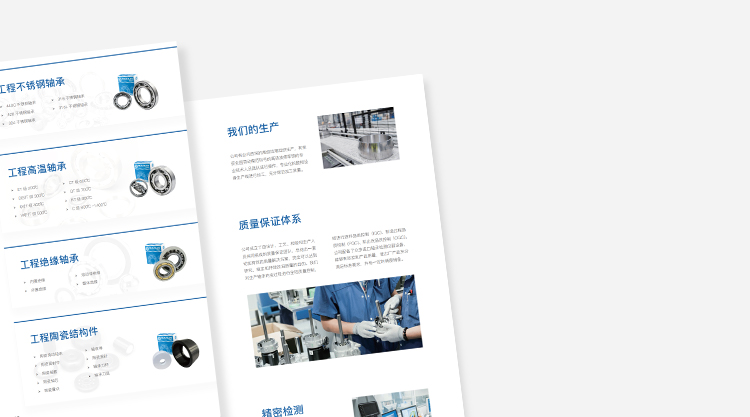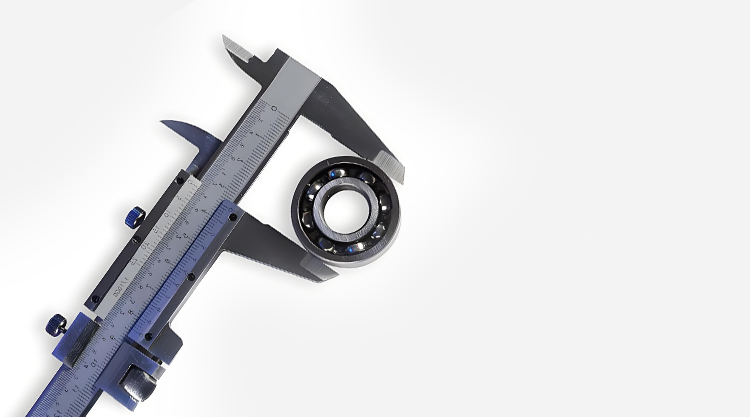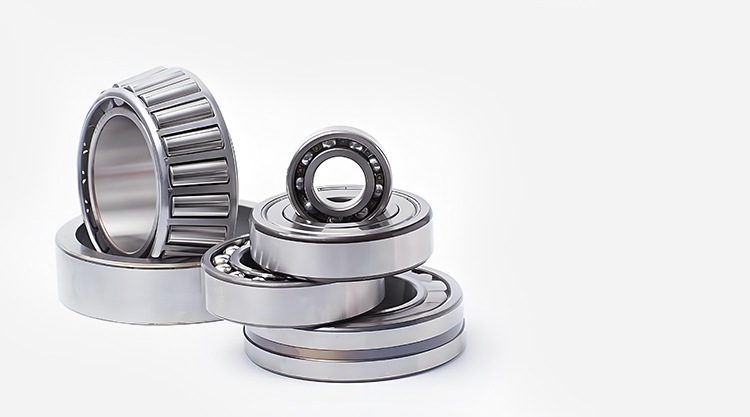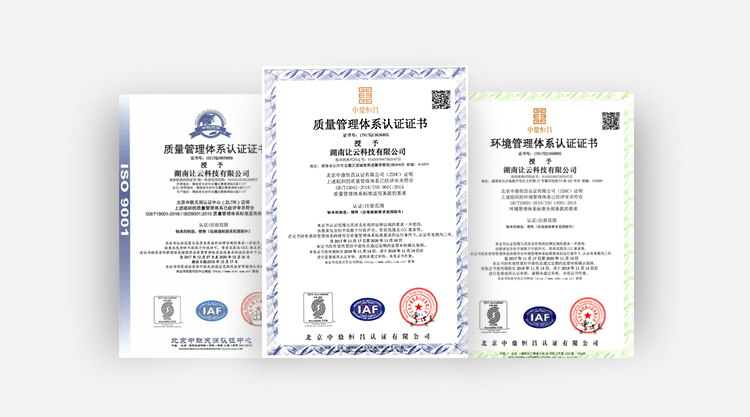Customized Bearing System Solutions: Design, Components, and Solutions
In the efficient operation of industrial equipment, customized bearing system solutions are a core link in improving mechanical performance and extending service life. This article explores bearing system design, system components, design process, and solutions, combining industry practices and technical requirements to provide professional reference for engineers and decision-makers.
I. Key Elements of Bearing System Design
Customized bearing systems must comprehensively consider core parameters such as working environment, load characteristics, and service life. For example, in high-temperature and high-pressure film production lines (such as BOPET, lithium battery separator lines), corrosion-resistant and wear-resistant alloy or ceramic bearings should be selected, and structural design should be optimized to reduce frictional heat and improve rotational accuracy.
| Material Selection | 45 steel with quenching and tempering is suitable for general conditions, while special environments (such as corrosive media) require stainless steel or ceramic bearings |
|---|---|
| Lubrication System | Select grease or lubricating oil based on temperature and load, and equip with automatic grease replenishment to ensure lubrication stability during continuous production |
| Seal Design | Use multi-layer sealing structures (such as felt ring seals or mechanical seals) to prevent contaminants from entering and extend bearing life |
II. Main Components of Bearing System
A complete bearing system includes the following core components:
| Bearing Body | Includes deep groove ball bearings, angular contact bearings, etc., selected based on axial load and speed requirements (e.g., 6200, 6300 series) |
|---|---|
| Support Structure | Bearing housings, end covers, and oil baffles must meet installation accuracy and sealing requirements |
| Auxiliary System | Lubrication devices, temperature monitoring sensors (e.g., strain sensors), to realize real-time monitoring and fault warning |
| Transmission Connectors | Couplings, keyways, etc., ensure the reliability and alignment of power transmission |
III. General Process of Bearing Design
Taking mechanical transmission shaft design as an example, the process includes the following steps:
| Needs Analysis | Determine parameters such as load, speed, working environment (e.g., cleanliness, temperature rise) |
|---|---|
| Material and Preliminary Shaft Diameter Calculation | Calculate minimum shaft diameter using torsional strength formulas (e.g., C value for 45 steel is 112), and adjust for keyway effects |
| Structural Design | Design step shafts with different diameters and lengths, determine installation positions and fixing methods based on bearing models (e.g., 6207 deep groove ball bearing) |
| Strength Check | Verify fatigue and deformation resistance through force analysis, moment diagrams, and safety factor calculation |
| Life Evaluation | Check bearing life using equivalent dynamic load formulas to ensure it meets equipment lifespan (e.g., 3 years, three-shift operation) |
IV. Industry Custom Bearing Solution Cases
| Film Production Lines | For high-temp, high-pressure environments in BOPP, BOPET lines, ceramic bearings and automatic lubrication systems are used to reduce maintenance downtime |
|---|---|
| New Energy Equipment | Bearings in lithium battery separator lines require both corrosion resistance and high-speed characteristics, with grease lubrication and dust-proof sealing |
| Heavy Machinery | In belt conveyor shaft designs, coupling compensates for installation errors, and key connection strength is optimized to withstand impact loads |
In today’s rapidly developing industrial landscape with increasingly diverse demands, customized bearing system solutions have become essential for ensuring efficient equipment operation. For more information about bearing system solutions, please contact us. National hotline: 4006-808-505, industry bearing expert: Manager Li: 13657445999.
Let Yun Technology’s passion for innovation burn endlessly, offering free technical services on material knowledge suited to actual bearing conditions, and making bearing life more scientific. Yun Technology—making bearing motion more scientific.
-
1、更多服务
- Bearing Selection Guide
- Complete Guide to Bearing Repair: Methods, Materials, and Equipment
- Bearing New Product Development: Process and Strategy
- Bearing Brand Selection Guide
- Bearing Training Services
- Bearing Material Selection: Comprehensive Analysis and Optimization Guide
- Complete Guide to Bearing Authenticity Identification
- Bearing Installation Methods and Techniques
- Bearing OEM outsourcing service system
- Customized Bearing System Solutions: Design, Components, and Solutions




